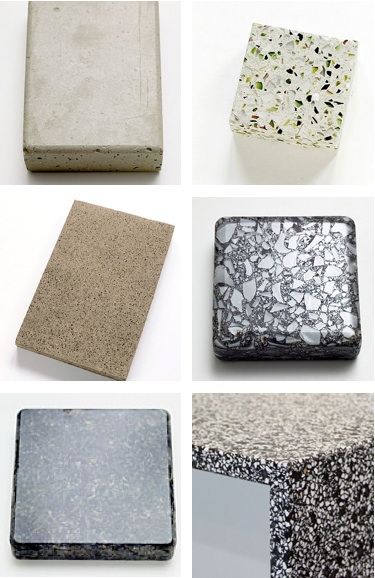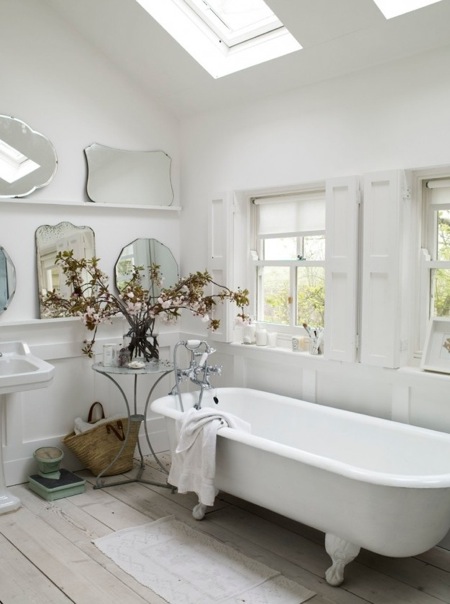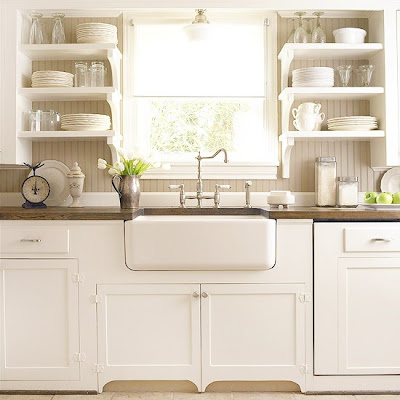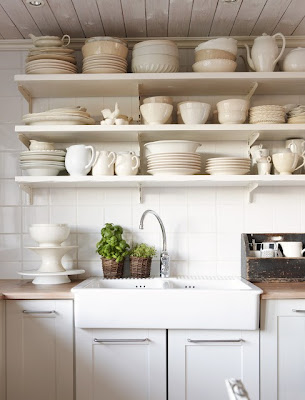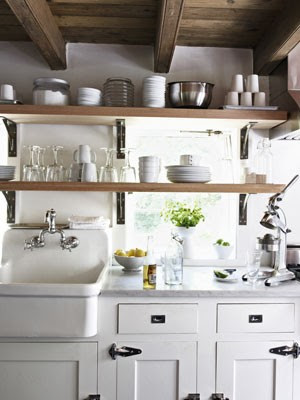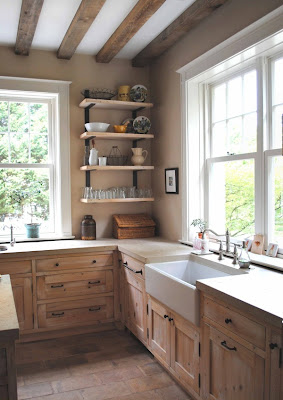 |
May favorite outdoor theme, pink & orange with a connection to travel!
{source} |
I have some time to work on one of my own home projects and have started with my future outdoor entertaining area. This project includes finding:
- 2No huge timber daybeds (doubles if possible)
- 1No recycled timber dining room table and timber benches
- 1No low recycled timber coffee table
- Cushions, bolsters table runners, throws and decor.
So where do you start?
This is great opportunity where you can create something quite wild and magical without it having too much of an impact on the rest of the home. It may be your main entertaining space or a simple quiet space for relaxation.
Step 01 - Find your theme and style
If you are looking for a quiet zone then you may look at colours and materials that are calming like, whites, natural finishes and pastel colours.
If this is to be your main entertainment area then you may want a theme that provokes conversation, brings back fond memories and lifts your mood. It may be a style, a colour, a selection of colours, shapes and patterns or something you have brought back from a travels.
For me I have always fancied an outdoor space that reminds me of my travels through India and Turkey. This space would then work well for me as an eclectic mix of Indian fabrics, natural textures, Turkish and Moroccan lamps and decor mixed in with recycled timber furniture. This would finally give me a home for the my Istanbul Bazar Turkish lamps that have been sitting in a drawer for a few years.
I also love the happy and fun colour combination of pink and orange on a white background. This colour combination is quite bold and reminds me of the mass of strong colour combinations you find everyday in India.
Step 02 - Collect inspiration and images to create a mood board or your ideas
Now for the fun bit... collecting inspiration and images.
A mood board is a collection of inspirational images to base your final selections around.
I would start by adding a photo of your key furniture pieces or decor objects. Then start adding images for cushions, fabrics, seating, decor, furniture, drapes, glasses, tea lights, pendant lamps etc that suit your theme or style.
I would save your images in one place where you can see them all together like on Pinterest, or on a desktop file, or stuck to a pin board. The trick here is to see everything together so that you get a clear sense of what is working together and what is not.
I started with my travel theme and my favorite colours orange & pink below...
Step 03 - Source and create
Once you have your mood board you would have a clear idea of knowing what you need to source and purchase.
You may need to look at second hand shops, interior magazines and local decor shops for sourcing your ideas. Whenever you see something on the internet always keep a note of how much and from where. If you need furniture and cannot find exactly what you want, how about a search on Ebay or commissioning a local furniture maker to make something for you?
If time is your issue then I would go to a couple of furniture retailers with a print out of your ideas and ask them if they have anything similar.
If you can not find exactly what you are after then how about making your own? For example, I would like a cluster of outdoor cushions made with different Indian fabrics styles but in my colour combination of orange and pink. Not an easy task due to my colour restriction. I could be on the internet for months to find these already made, so instead I have been sourcing recycled cotton sari fabric from Delhi via Etsy with a view to make my own cushions.
Note: With outdoor spaces there are a few things to be mindful of...
1. Buy quality weatherproof outdoor furniture - do check your furniture is appropriate for use outdoors. Timber needs to be sealed as it can rot with moisture.
If you are on the coast metal furniture may rust unless it is a high quality marine grade or powder coated. Check with the suppliers recommendations. Aluminum and cast iron are more durable outdoors. If you choose timber furniture then remember to apply seals, oils as requested by the manufacturer to help with moisture and UV protection.
I would also look at covering or storing furniture if possible.
2. Buy well constructed furniture - Furniture outdoors have many more opportunities to fall apart due to weather exposure. Check under the furniture to see how it is constructed and if the construction can withstand rust and moisture.
3. Buy weatherproof cushions and fabrics - Fabrics outdoors are susceptible to mildew from moisture and discoloration from sunlight exposure. Do check that the fabric is appropriate for outdoor conditions with a light fast rating, UV treatment and that it has a resistance to mildew. Note the fabrics cleaning and maintenance regime.
I would also have a space inside where cushions and fabrics can be stored when not in use.
Projects like these do not happen overnight, but if you make a start collecting things bit by bit the final result will be rewarding.
Have fun.




















